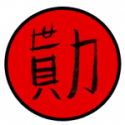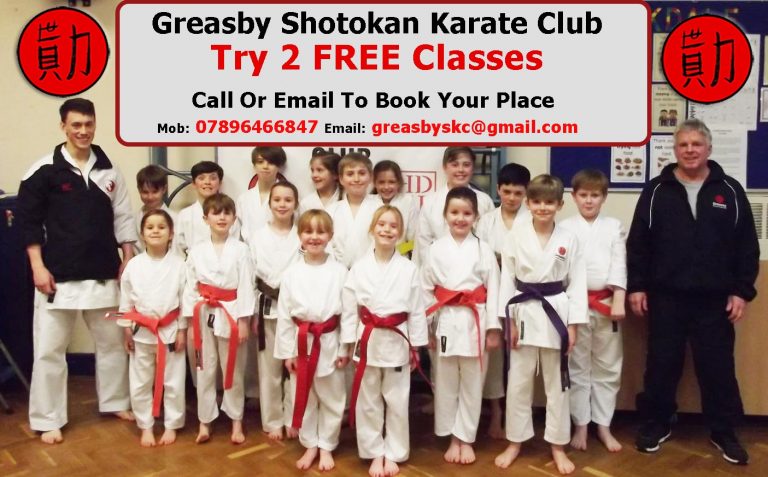Health, Fitness and Wellbeing- Karate training, not just for fighting
Most people who have practised Karate in England will be used to hearing two words, ‘Harder, faster’. In some extreme cases, these may be the only two words of advice an instructor will give during the entire class. When I was younger, (not that I’m that old yet), I used to relish this. I wanted to be harder. I wanted to be faster. Harder and faster than anyone else in the dojo. And this is right, and this is correct, and this is the way it should be done. But it is not the only way it should be done.
I have always strived to train with as many different instructors as possible. In 2018 I even made the journey to Japan, to train at the SKIF Headquarters, with Nobuaki Kanazawa Sensei, the son of the legendary Master Kanazawa. I also trained at the JKA Hombu, with the likes of Naka Sensei, a truly inspiring gentleman. And in more recent years, I have joined the HDKI and trained with Scott Langley Sensei. Now, don’t get me wrong. These guys are definitely the fastest and hardest in the room. But, I have never heard any of them shout those two little words, ‘Harder, faster’. What I have heard Scott Sensei say, is that you should be the hardest and fastest in the room, in your demographic. If you are a middle-aged woman, you should be the best middle-aged woman in the room. If you are an up-and-coming teenager, ready to compete, you had best be the best up-and-coming teenager going. This may seem a small difference, but it is a major one.
A few years ago, I would have been demanding my students to be able to perform Karate like I can do. And I would be forcing myself, through injury or illness or anything else, to perform Karate like my instructors and peers. Like I said above, though this attitude is correct, it can quickly lead to disaster. More than once, I have ended up in hospital, purely because I put my ego before my health. And that is not only stupid, but dangerous. If I had been sensible, I would have slowed down, kicked lower. Still trained hard and well, but hard and well knowing what my limitations were for that time. And then perhaps I would have needed only a few light sessions to get back to fitness, rather than a 6-month break.
And this is now a freedom I now not only offer to students, but try and, as nicely as possible, enforce. No two people’s karate is the same, nor should it be. Different body shapes, sexes, genders, age, backgrounds, flexibility, disabilities. We are all different, and so should our Karate be. I know my limits, and push them to the max, but not to the point of breaking myself. Not anymore anyway, (haha)!
Karate is a martial art. Sometimes, it is okay to focus on the art side of things. Stretching. Breathing. Meditation. Maintaining our bodies so that we can practise Shotokan Karate our whole lives long, not just until our knees give out.
I have heard it said that, when you are younger, you should train like they do in Japan, hard and fast and powerful, with that budo spirit. As you grow a bit older, you should train like they do in Okinawa. Shorter stances, focussing on internal movements. And then when you are older still, train like they do in China, or even in India, with flowing, sweeping movements, promoting healthy body mechanics.
Health is the most important thing, bar none. We should train hard, absolutely. But that is a mindset. That does not necessarily mean a bone-crunching session every single class. Though of course, these kinds of sessions are still fun!
Osu

